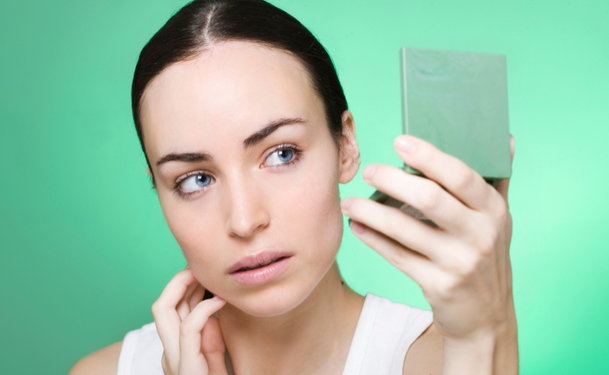Age spots are also known as sun spots, liver spots, lentigos, or lentigines. These lesions are flat, tan, brown, or dark brown spots on sun-exposed skin. As people age, sun spots most commonly appear on the backs of the hands, the forearms, neck, chest, and face. Sun spots are associated with cumulative sun exposure. The pigment producing cells in the skin (called melanocytes) are activated to produce more pigment (melanin) by ultraviolet rays. While these spots are not themselves cancerous, you may be at risk for skin cancer if you have them.
What causes age spots?
Age spots increase with age and with increased sun exposure. They are more common in people who freckle and who burn easily. It is important to know that if you've had enough sun to develop age spots, you have a higher risk of developing skin cancer.
What do age spots look like?
Age spots are flat and vary in size from a small pea to a dime. They usually are somewhat round and have irregular borders. They are found on chronically sun-exposed areas such as the shoulders, upper back, face, forearms, and the back of hands.
What treatment options are available for age, sun or liver spots?
The best treatment for age spots is prevention. The key to preventing age spots is sun avoidance and daily sunscreen use. For example, you won’t find age spots on your inner thigh because of minimal or no sun exposure. However, for most of us, it is too late for prevention, and there are a number of treatment options available.
Top Age Spot Treatment Options:
- Chemical Peels
- Laser Resurfacing
- Intense Pulsed Light Therapy
- Bleaching Creams
All photos courtesy of S. Zimmet, MD and P. Bitter Jr., MD


